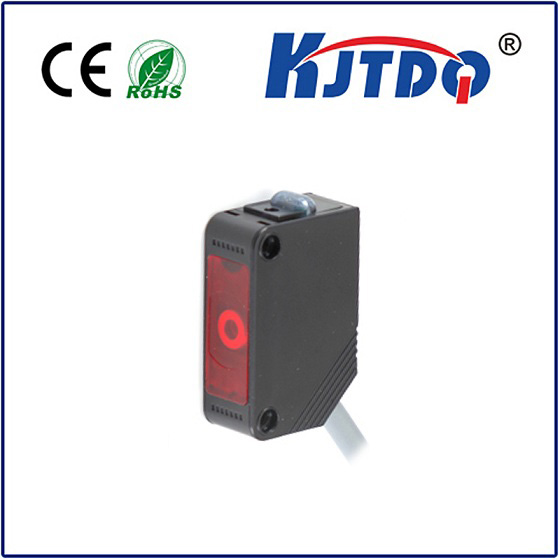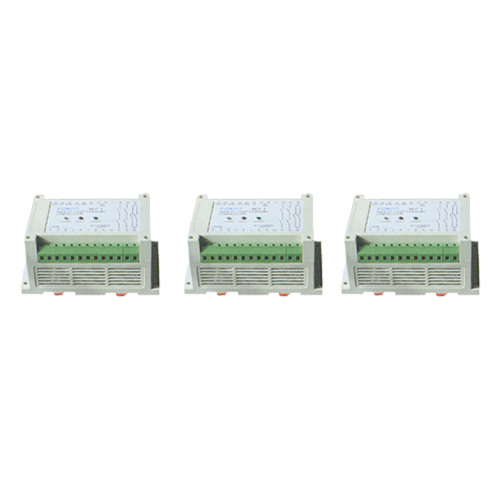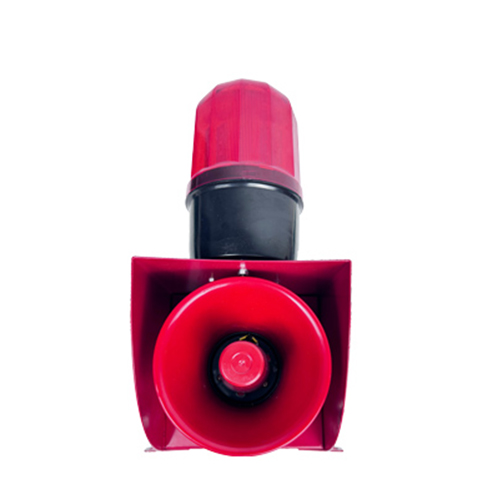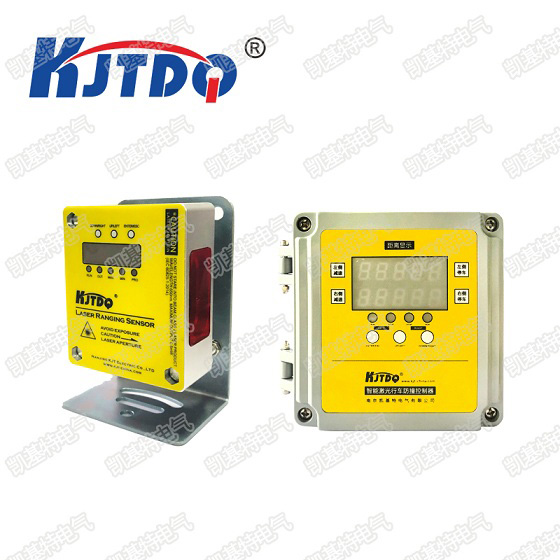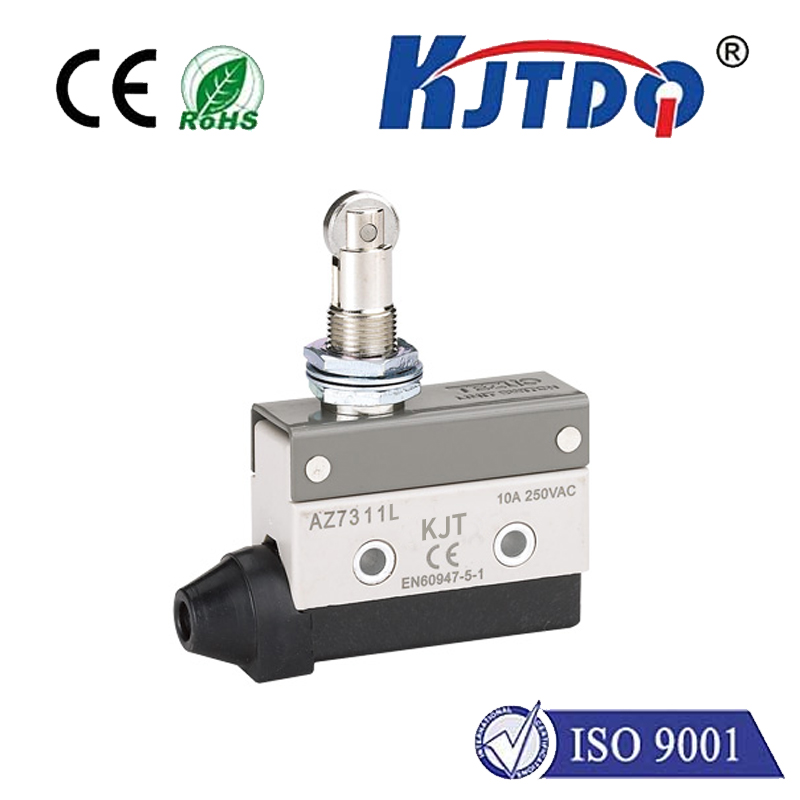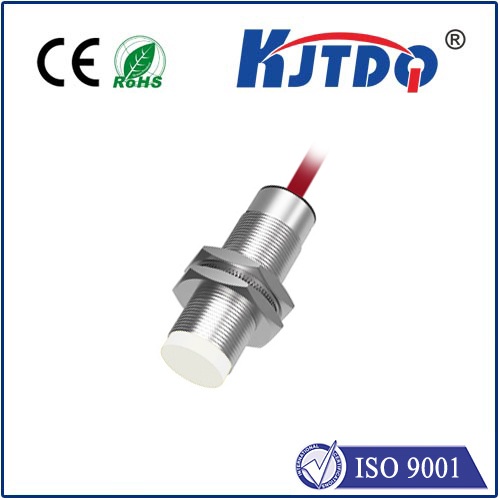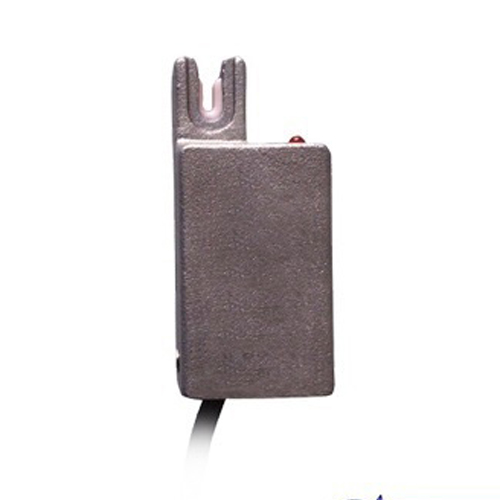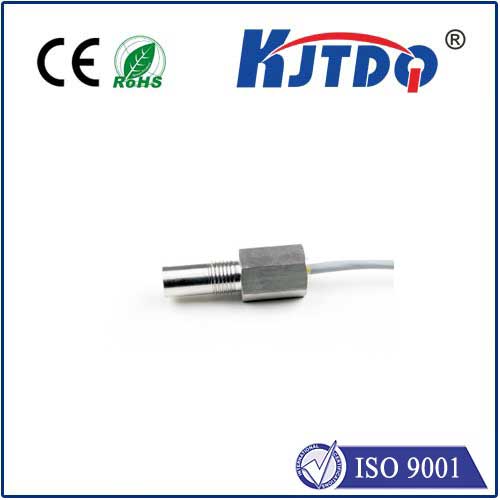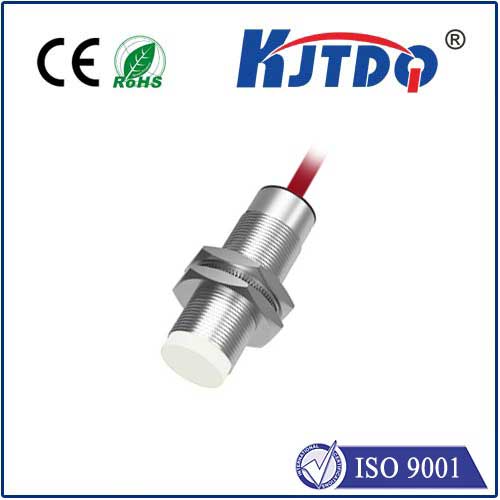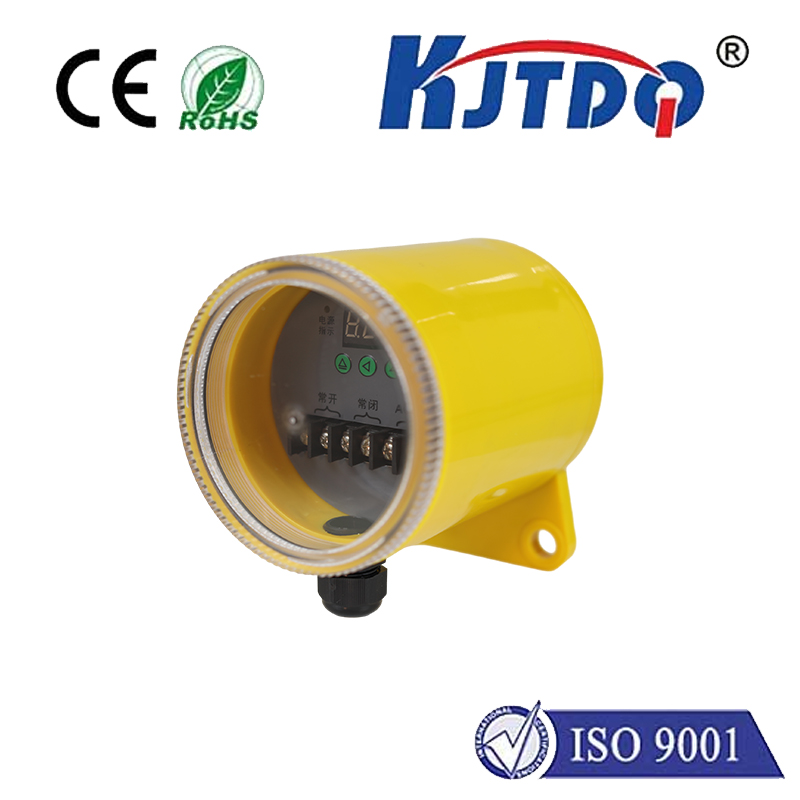magnetic distance sensor
- time:2025-06-12 21:25:59
- Click:0
Magnetic Distance Sensors: Measuring Position with Precision and Reliability
What if you could measure distance or position without physically touching an object, even in harsh environments? This isn’t science fiction; it’s the everyday reality enabled by magnetic distance sensors. These ingenious devices harness the power of magnetic fields to provide contactless, robust, and highly accurate position information, making them indispensable across countless modern applications. From the subtle adjustments in your car’s suspension to the precise movements of robotic arms on a factory floor, magnetic distance sensors work silently behind the scenes, ensuring accuracy and reliability where it matters most.
At their core, magnetic distance sensors work by detecting changes in a magnetic field. The most common operating principles include:

- Hall Effect Sensors: When a conductor (like a semiconductor within the sensor) carrying current is exposed to a perpendicular magnetic field, a voltage is generated transverse to both the current and the field. This Hall voltage changes proportionally to the strength of the magnetic field. By measuring this voltage, the sensor can determine its proximity to a magnet. Linear Hall effect sensors are specifically designed to provide a linear output corresponding to the distance or position of the magnet relative to the sensor.
- Magnetoresistive (MR) Sensors: Certain materials change their electrical resistance when exposed to a magnetic field. Technologies like Anisotropic Magnetoresistance (AMR) and Giant Magnetoresistance (GMR) exploit this effect. MR sensors are particularly known for their high sensitivity and ability to detect both the strength and direction of magnetic fields, making them excellent for precise position sensing and motion detection.
- Inductive Sensors: While often categorized separately, some inductive proximity sensors specifically detect the presence and distance of ferromagnetic targets using eddy currents induced by a changing magnetic field generated by the sensor coil. They are robust but generally detect presence closer than dedicated magnetic distance sensors designed for proportional distance measurement.
Why choose a magnetic distance sensor? Their advantages stem directly from their non-contact nature and reliance on magnetic fields:
- Non-Contact Operation: The sensor never physically touches the target, eliminating friction, wear, and potential damage to delicate components. This translates to vastly increased longevity and minimal maintenance requirements.
- Robustness in Harsh Environments: Magnetic sensors are highly resilient. They function reliably in the presence of dust, dirt, oil, grease, moisture, and extreme temperatures where optical sensors might fail due to obscured vision or condensation. This makes them ideal for industrial automation, automotive underhood applications, and outdoor settings.
- Immunity to Non-Magnetic Interference: Unlike optical sensors affected by ambient light or acoustic sensors affected by noise, magnetic sensors are largely unaffected by common environmental factors like changing light conditions or acoustic vibrations. Their operation relies purely on the magnetic field interaction.
- High Resolution and Accuracy: Modern Hall effect and especially magnetoresistive technologies offer exceptional positional accuracy and resolution, capable of detecting minute changes in distance, often down to the micron level. This precision is critical in applications like precision machining or medical devices.
- Speed: Magnetic sensors can respond extremely quickly to position changes, making them suitable for high-speed applications like monitoring engine crankshaft/camshaft position (engine timing) or detecting vibrations.
The applications for magnetic distance sensors are incredibly diverse:
- Automotive: Monitoring pedal position, gear shift position, suspension travel, steering angle, throttle valve position, and countless safety-critical functions. Their robustness is key in the demanding underhood environment.
- Industrial Automation: Precise position sensing in machine tools (spindle position), robotics (joint angle measurement), conveyors, hydraulic/pneumatic cylinder position feedback (replacing unreliable potentiometers), and valve control.
- Consumer Electronics: Detecting laptop lid closure, measuring joystick or control knob movement in gaming devices and appliances, and enabling features in smartphones.
- Medical Devices: Providing precise feedback in surgical robots, infusion pumps, dialysis machines, and prosthetic limbs where reliability and contactless operation are paramount.
- Aerospace: Monitoring control surface positions, landing gear status, and engine parameters where extreme conditions demand robust sensors.
- General Machinery: Monitoring vibration levels in motors and pumps, detecting the position of moving parts in any machinery requiring feedback without physical contact.
Selecting the right sensor involves several key considerations:
- Measurement Range: How far does the sensor need to measure? Different sensor types and magnet strengths suit different ranges.
- Accuracy and Resolution: What level of precision is required? High-precision tasks demand technologies like magnetoresistive sensors.
- Operating Environment: Temperature extremes, exposure to chemicals, humidity, and shock/vibration will dictate the required sensor robustness and packaging (IP rating).
- Output Signal: Does the application require an analog voltage/current proportional to distance, a digital PWM signal, or a discrete switch output? Linear Hall sensors typically provide analog outputs, while some sensors offer digital interfaces.
- Target Material: Is the target a simple permanent magnet, or can the sensor detect the distance to a moving ferrous (iron/steel) object? Some sensors require an attached magnet, while others can track ferrous targets directly.
- Size Constraints: Physical space limitations often dictate the sensor and magnet package size.
- Cost: Balancing performance requirements with budget is essential.
By harnessing the fundamental properties of magnetism, magnetic distance sensors offer a compelling solution for position sensing and displacement measurement across a vast spectrum of industries. Their contactless nature, inherent robustness, high reliability, and excellent performance in challenging conditions make them a preferred technology where precision, durability, and long-term operation are critical. From enhancing vehicle safety to ensuring the smooth operation of billion-dollar production lines, these silent sentinels of position play a vital role in the precision machinery of our modern world. Whether it’s the subtle movement detected by a Hall effect chip or the micron-level accuracy provided by advanced magnetoresistive technology, the ability to measure distance magnetically continues to drive innovation and efficiency. When faced with a position sensing challenge in a demanding environment, the magnetic distance sensor is almost always a solution worth exploring.






